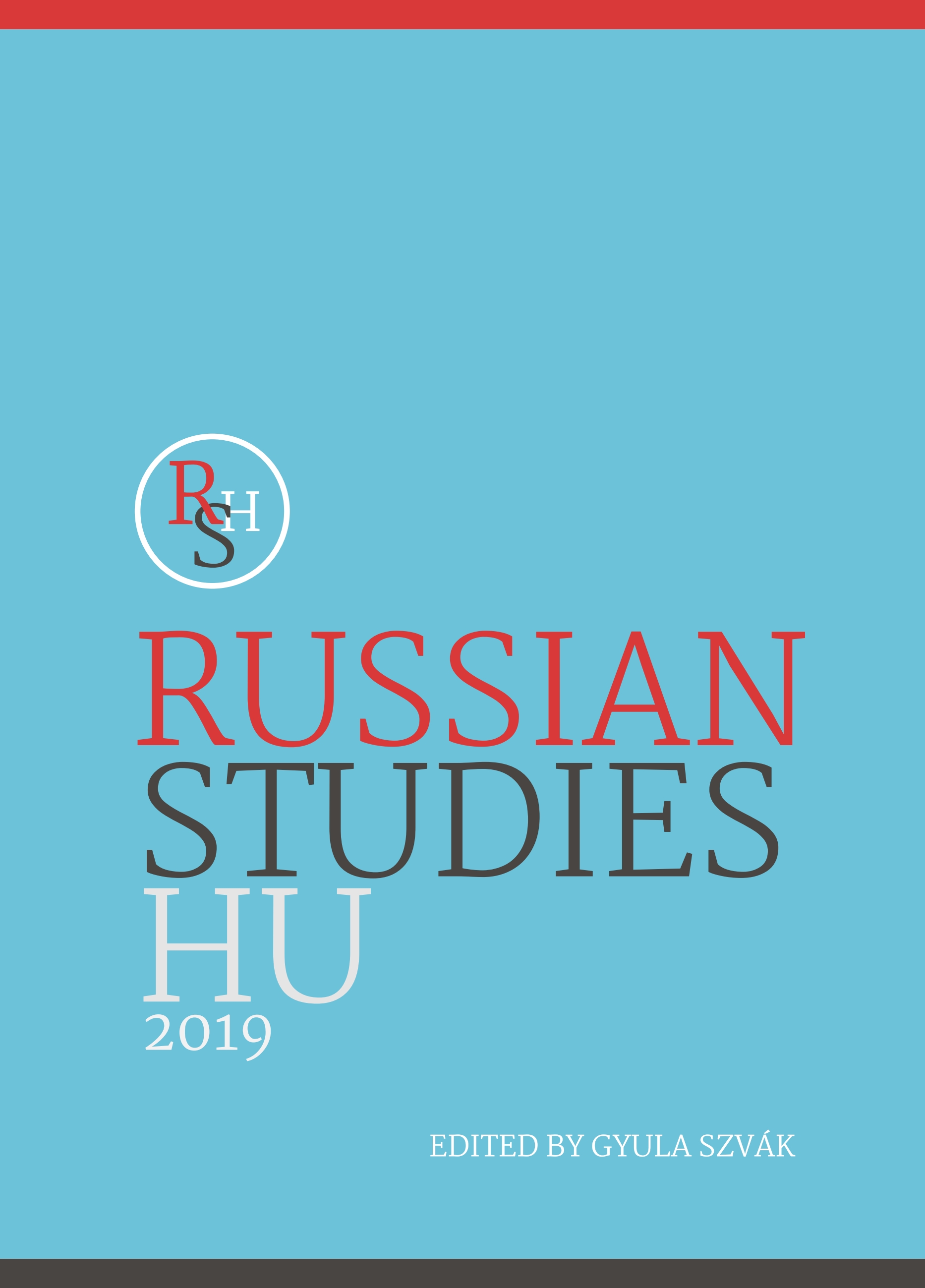Withdrawal from the Public and Increased Ruler Visibility: The Tsar’s Image and His Mortal Body as Means of Fostering National Cohesion during the Reign of Tsar Alexander III (1881–1894)
Withdrawal from the Public and Increased Ruler Visibility: The Tsar’s Image and His Mortal Body as Means of Fostering National Cohesion during the Reign of Tsar Alexander III (1881–1894)
Author(s): Endre SashalmiSubject(s): 19th Century
Published by: RussianStudiesHu
Keywords: iconography; coronation; coronation jetons; lubki; funeral; crypto-portrait icons; concept of state; the “tsar’s two bodies”; coinage; beard as a sign of Russianness; autocracy; russkii; rossiiskii
Summary/Abstract: This study discusses the different forms and media of ruler visibility in Russia in a period marked by the paradox between the withdrawal from the public by tsar Alexander III and his increased visibility when he came to the throne after the assassination of his father. I explore how old and new media (icons and posters e.g.) were used for the purpose of strengthening loyalty to the ruler. With this writing, I intend to complement what Richard Wortman has written in his magisterial book on the scenarios of power concerning the reign of Alexander III. At the same time, I try to place the topic within the framework of Russian nationalism of the late 19th century.
Journal: RussianStudiesHu
- Issue Year: 2019
- Issue No: 1
- Page Range: 97-123
- Page Count: 27
- Language: English

